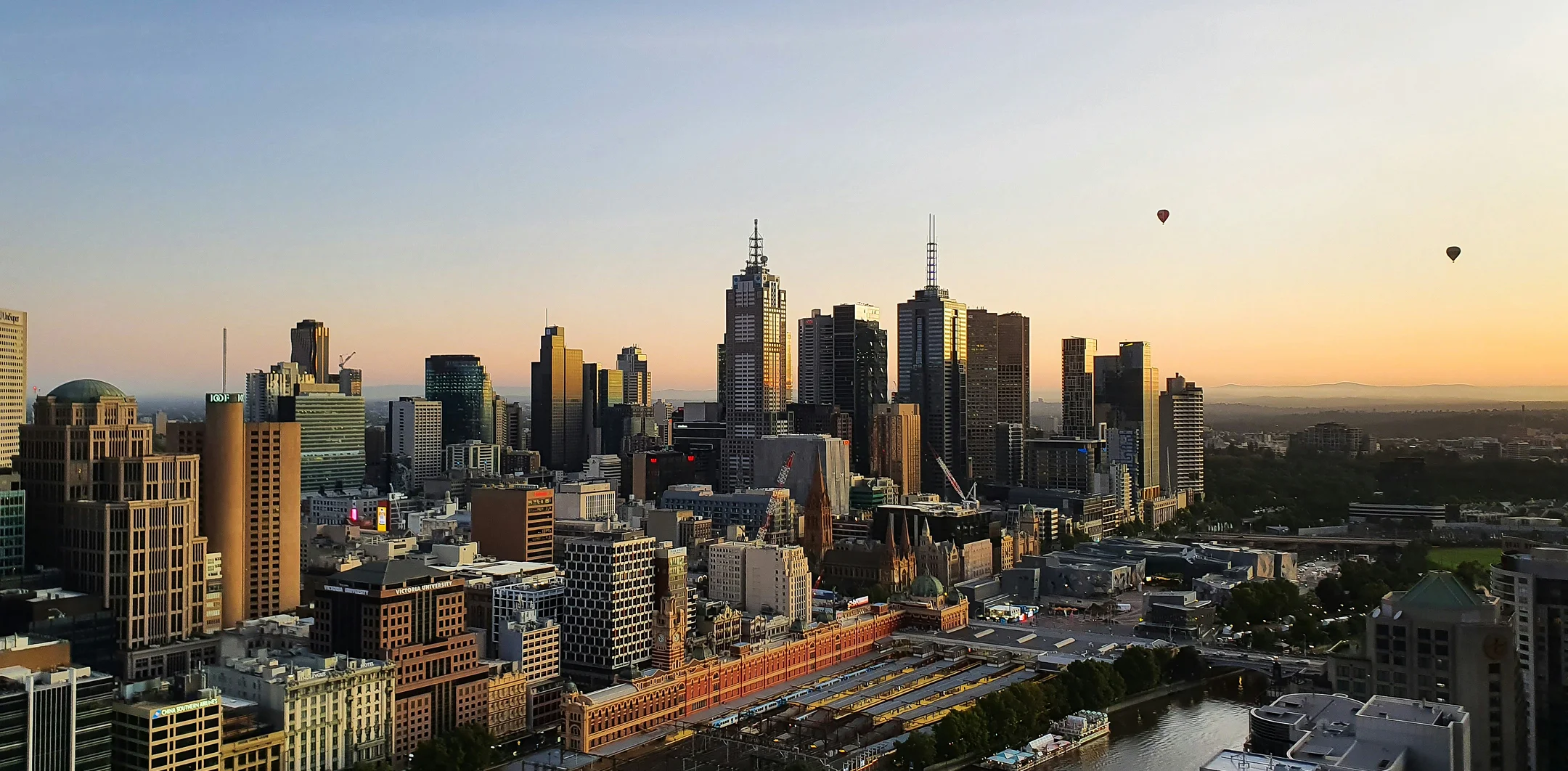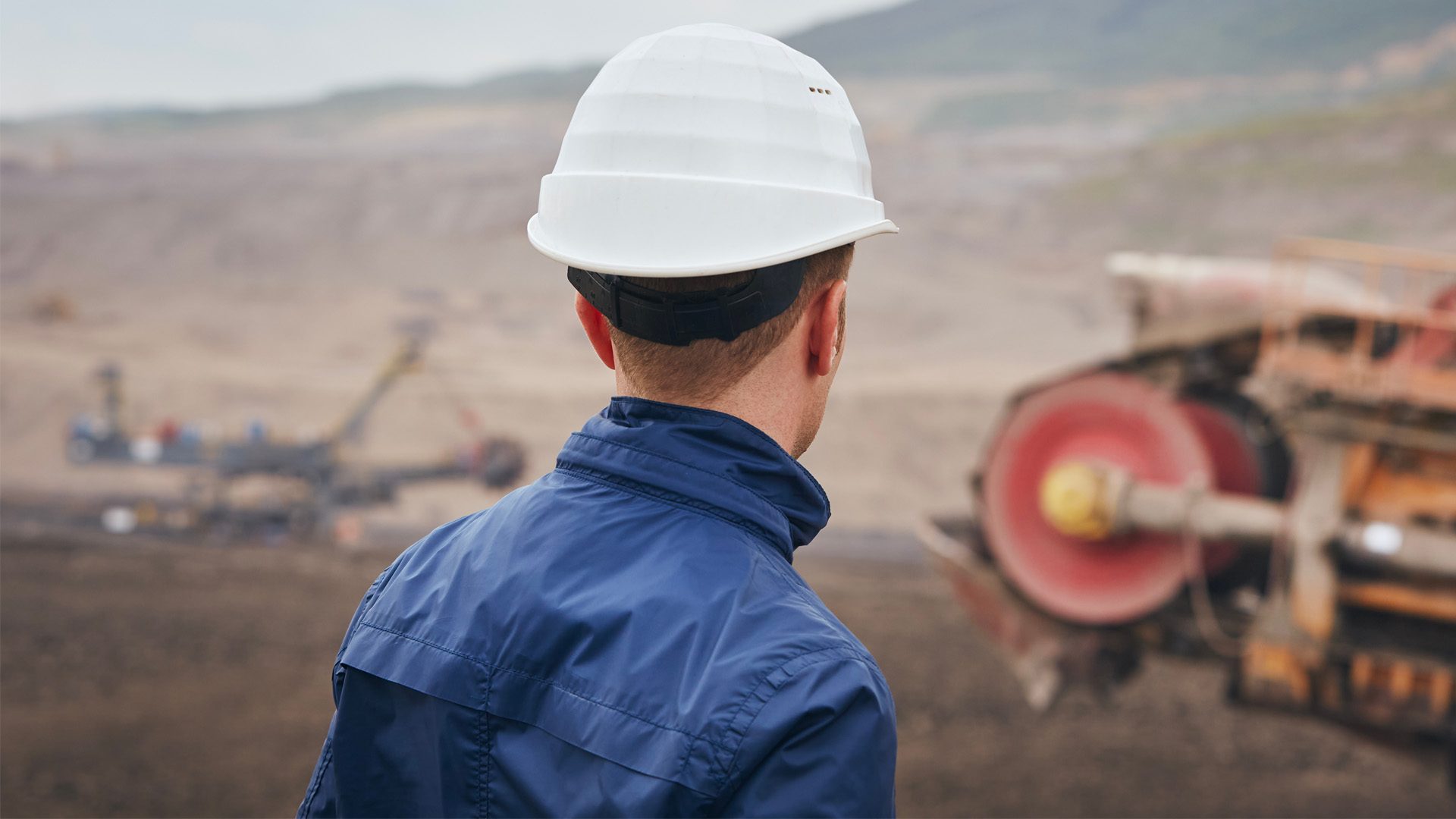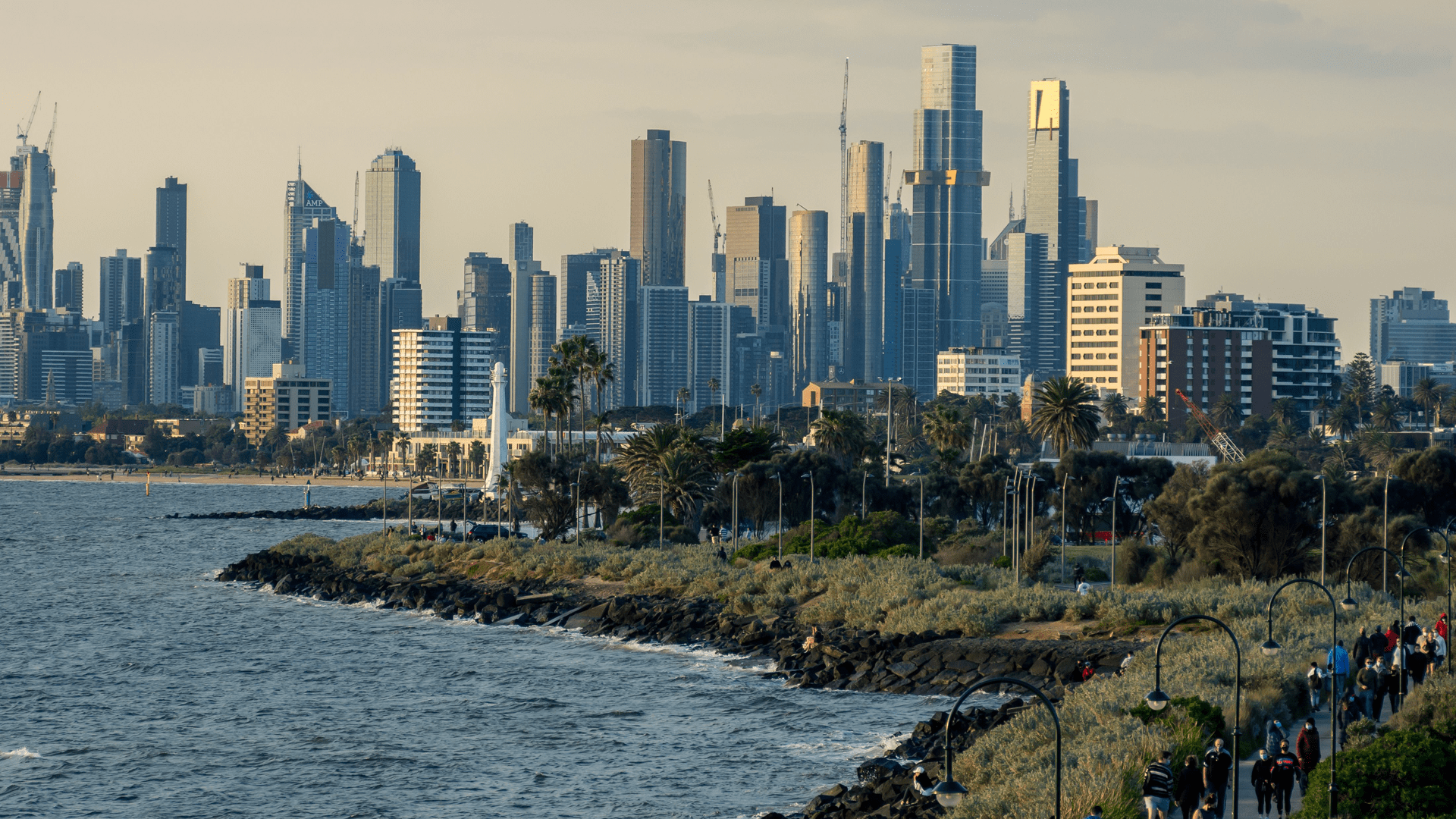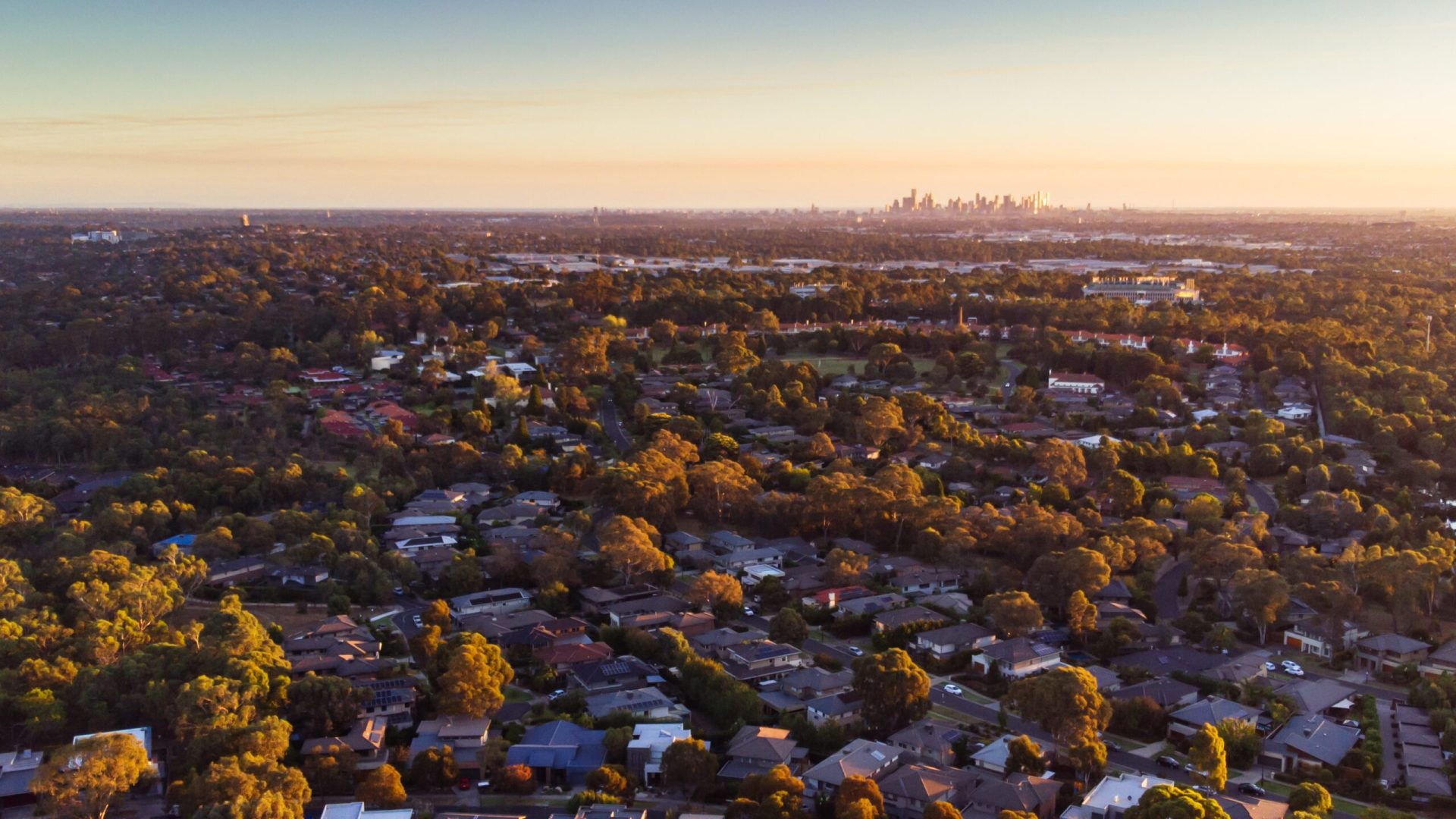By Gerv Tacadena • Fact checked by Emma Duffy
Right mindset, borrowing capacity, and cashflow are three of the most important things investors must have.
First-time investors who are planning to get their foot onto the property ladder is in for a very challenging year ahead, but with the right mindset and proper strategy, any potential setback can be avoided.
Your Investment Property reached out to OpenCorp executive director for property and investment services Michael Beresford to get his insights about what first-time investors should do and possess to navigate the market this year.
“The best strategy to invest in 2023, is to do exactly that — invest,” he told Your Investment Property.
“Over the last 15 years as an investment advisor I’ve seen so many potential investors try and find the perfect time to invest, only to revisit it 10 years down the track and regret not buying a decade prior when prices were much lower.”
“There is no perfect time, except for when you can.”
Why financial health is a big consideration
Right mindset is just one of the three crucial things investors must have — sufficient borrowing capacity and strong cashflow are the other two.
Mr Beresford said it is essential for investors to have a financial standing capable of servicing a mortgage.
“Invest when you have the capacity available. It is easier to qualify than you may think given recent wage growth and rental growth,” he said.
Here are some tips on how investors can strengthen their borrowing capacity:
- Be diligent with expenses.
- Reduce credit card limits.
- Consolidate any personal loans should available equity allows.
- Do not take no for answer as not all banks assess borrowing power the same way. Shop around for investment loans.
Cashflow is as important in investing — the right investment properties are great because most, if not all, of the costs to hold the property comes from the rental income and the tax benefits
“One of my clients was about to make some classic investment mistakes before we identified a property for them that has grown over $250,000 in less than two years and cost them only $20 per week out of their pocket,” he said.
“This is because they’re getting a really strong rental yield.”
Mr Beresford said his client was able to receive $14,000 back in tax benefits each year through maximising their deductions.
“There is a really easy way to get $13,000 at least in additional tax deductions without spending a cent more,” he said.
Navigating the rising-rate environment
A significant factor affecting borrowing capacity is the current situation in interest rates. Since May last year, the Reserve Bank of Australia (RBA) has been pushing the cash rate up from its historic low.
Mr Beresford said first-time investors can use the rising rate to their advantage.
“In a market like today’s, there are fewer buyers around due to decreasing sentiment and interest rate rises, which offers a perfect opportunity to buy well with reduced competition and get a better deal,” he said.
The key, however, is to determine the specific segments of the market that perform well fast. By knowing which segments have a proven track record in capital and rental growth, investors are able to select the best property.
“Remember, most investors buy in the same postcode they live in — this is a mistake. Buy in markets where the demand is high and vacancy rates are low.” Mr Beresford said.
In the current market setting, rents have been increasing at a rapid rate in some locations and this has covered the increased holding costs due to the rate rises.
“Given the rental crisis we’re in, which is not easily or quickly fixed, rents will continue to grow long after the interest rate rises stop,” Mr Beresford said.
Where should first-time investors focus on
Understanding what needs to be achieved is the crucial first step to any plan of investing in property.
For Mr Beresford, one property is unlikely to get investors to their goals.
“You need a repeatable process, whereby you can use the equity created from the first investment as the deposit for the next, and so on,” he said.
“Therefore, capital growth is essential, and the income generated must be strong.”
To this end, investors must focus on properties that can meet the following criteria:
- It must have a strong land content, as land appreciates.
- The property must have a strong tenant appeal and be in an area with low vacancy rates.
- It should be in an area with limited rental supply to ensure an upside in rents.
- The property must maximise the tax benefits.
- The property mist be well-maintained to reduce potential setback to cashflow.
Biggest mistakes to avoid
Trying to find the perfect time to invest is the biggest mistake first-time investors make.
Mr Beresford reiterated that borrowing capacity and cashflow are the two important indicators investors must consider when deciding, not the market timing.
“Take action and buy when you can,” he said.
“Most importantly, be smart about what you buy, where you buy and apply a proven formula to reduce your risks — if you take a long-term approach to investment, there aren’t many risks you can’t significantly reduce when you know what you’re doing or are working with experts applying a proven process.”
Many rookie investors also make a mistake of applying the same set of eyes they use when buying their home in investing.
“When it comes to buying, avoid getting emotional. You don’t need to love the property you invest in, the numbers need to work instead,” Mr Beresford said.
“Remember this is a financial decision. Look beyond where you live and identify the best location for investment at that point in time, knowing it may be interstate.”









